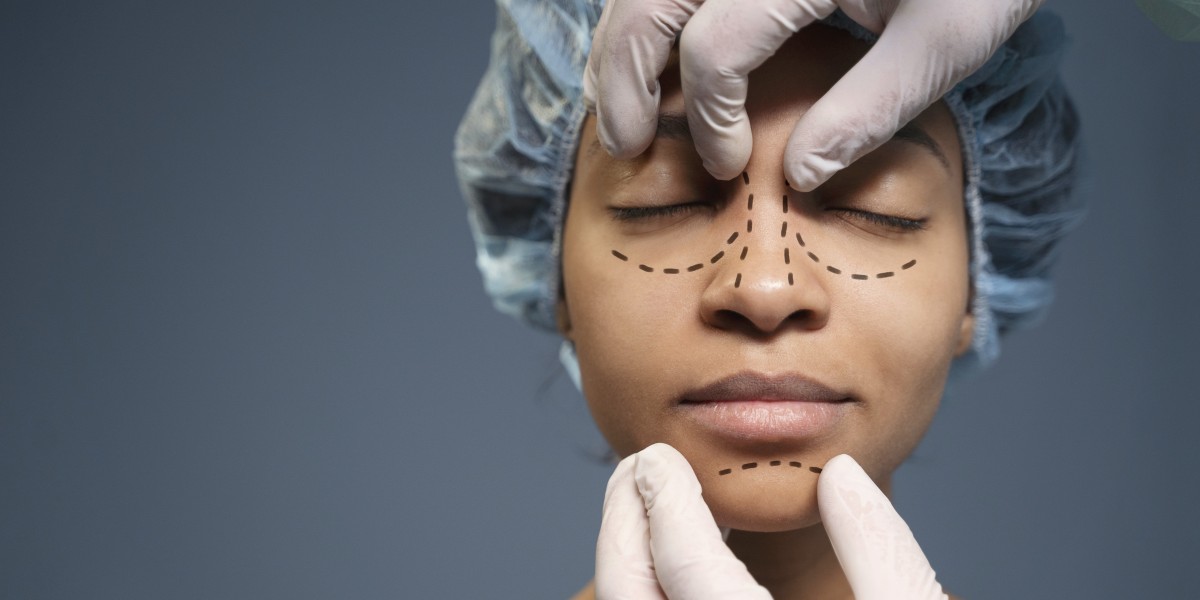Nose correction, commonly known as rhinoplasty, has seen remarkable advances over the past few decades. While many patients seek the procedure for aesthetic improvement, a significant number also require it to address functional issues such as breathing difficulties or structural irregularities. Today, thanks to innovations in surgical methods, nose correction procedures are safer, more precise, and customized to individual anatomy and needs. These improvements have transformed patient experiences, enabling predictable outcomes and faster recoveries.
The Evolution of Rhinoplasty Techniques
Traditional rhinoplasty techniques often involved extensive incisions and manual shaping, which sometimes led to longer recovery times and inconsistent results. Surgeons relied heavily on experience, intuition, and less advanced tools, making the procedure more challenging and less predictable.
Modern nose correction approaches, however, integrate meticulous preoperative planning, specialized instruments, and refined surgical strategies. These improvements allow surgeons to achieve the desired aesthetic and functional outcomes while minimizing tissue trauma. Patients now benefit from safer procedures that provide a higher degree of precision and natural-looking results.
The Role of Imaging and 3D Technology
A major factor in the advancement of modern rhinoplasty is the use of imaging and 3D modeling. High-resolution CT scans and 3D imaging allow surgeons to study nasal anatomy in detail before surgery. These tools reveal structural issues such as cartilage thickness, nasal bone irregularities, and deviations in the septum, which can influence both aesthetics and function.
3D simulations can also offer patients a visual representation of potential outcomes. This technology helps set realistic expectations, improves patient satisfaction, and allows surgeons to plan every adjustment in advance. By combining anatomical insights with digital modeling, procedures become more predictable and precise.
Minimally Invasive Techniques Enhance Precision
Modern rhinoplasty increasingly uses minimally invasive approaches. Closed rhinoplasty, for instance, avoids large external incisions, reducing scarring and promoting faster recovery. Endoscopic tools and micro-instruments enable surgeons to perform delicate adjustments to cartilage and bone with minimal disruption to surrounding tissues.
These precision tools allow for subtle reshaping of the nasal tip, bridge, or nostrils, producing results that complement the patient’s facial features naturally. Minimally invasive techniques also reduce the risk of post-surgical complications, such as excessive swelling or prolonged healing.
Advanced Safety Measures
Patient safety is a central focus of contemporary rhinoplasty. Preoperative assessments now include thorough evaluations of medical history, nasal function, and skin type. Surgeons use advanced anesthesia techniques to reduce risks and improve comfort during surgery.
During the procedure, intraoperative monitoring ensures stable vital signs, while modern surgical methods minimize blood loss and tissue trauma. These safety measures, combined with careful planning, contribute to fewer complications, smoother recoveries, and greater confidence for patients undergoing the procedure.
Functional Benefits Alongside Cosmetic Improvement
Modern nose correction focuses not only on appearance but also on function. Many patients experience improvements in breathing, reduced nasal obstruction, and better overall nasal airflow. Addressing both cosmetic and functional concerns enhances quality of life and contributes to long-term satisfaction.
Procedures such as septoplasty, often performed alongside rhinoplasty, correct structural issues in the nasal septum while allowing for cosmetic adjustments. Turbinate reduction or cartilage grafting may also be used to enhance breathing while achieving the desired nasal shape. This dual approach represents a significant advancement in modern surgical planning.
The Importance of Choosing an Experienced Surgeon
Despite technological advances, the surgeon’s expertise remains critical for achieving successful outcomes. Selecting the best rhinoplasty surgeon in hyderabad ensures that advanced tools and techniques are applied safely and effectively. Experienced surgeons combine anatomical knowledge, technical skill, and aesthetic judgment to create personalized treatment plans that balance form and function.
Patients should consider board certification, years of experience, and a documented history of successful surgeries when selecting a surgeon. Comprehensive consultations allow patients to discuss goals, potential risks, and procedural options, building trust and confidence in the surgical process.
Recovery and Postoperative Care
Recovery from modern rhinoplasty is generally quicker than with traditional methods. Minimally invasive approaches reduce swelling and bruising, allowing patients to resume normal activities sooner. Complete healing may take several months, but early recovery stages are significantly more comfortable and manageable.
Postoperative care is essential to ensure optimal results. Surgeons provide guidelines for wound care, activity restrictions, and follow-up visits to monitor healing. Adhering to these instructions minimizes the risk of complications and supports the precise shaping achieved during surgery.
Ongoing Evaluation and Technological Support
Modern rhinoplasty also benefits from advanced postoperative evaluation tools. Digital imaging and follow-up scans allow surgeons to track healing and detect potential issues early. Routine assessments ensure that outcomes remain aligned with the surgical plan and that any adjustments can be made promptly.
This ongoing monitoring reinforces the safety and precision of modern nose correction, providing reassurance to patients and helping maintain long-term results. By combining innovative tools with expert care, rhinoplasty today offers both aesthetic and functional improvements with a high degree of predictability.
Conclusion
Modern techniques have transformed nose correction into a safer, more precise, and patient-friendly procedure. Advanced imaging, minimally invasive methods, improved safety protocols, and careful postoperative evaluation have collectively enhanced surgical outcomes. By selecting the best rhinoplasty surgeon in hyderabad, patients can ensure that both aesthetic goals and functional needs are met effectively and safely. With careful planning, skilled execution, and attentive postoperative care, rhinoplasty now offers predictable, natural-looking results with minimal risk.
(FAQs)
Q1: How long does recovery take after modern rhinoplasty?
Recovery depends on the procedure’s complexity, but most patients can resume daily activities within 1–2 weeks, with final results becoming fully visible over several months.
Q2: Are modern rhinoplasty techniques painful?
Discomfort is typically mild and manageable with prescribed medication. Minimally invasive methods help reduce tissue trauma, which further decreases postoperative pain.
Q3: Can functional issues be corrected along with cosmetic improvements?
Yes. Modern procedures often combine cosmetic reshaping with functional corrections such as septoplasty or turbinate reduction.
Q4: How should I choose the right surgeon for nose correction?
Look for board certification, years of experience, and a portfolio of successful outcomes. A thorough consultation helps understand the surgeon’s approach and suitability for your specific needs.
Q5: Will scarring be visible after surgery?
Minimally invasive approaches, like closed rhinoplasty, result in little or no visible scarring, producing a natural appearance.








